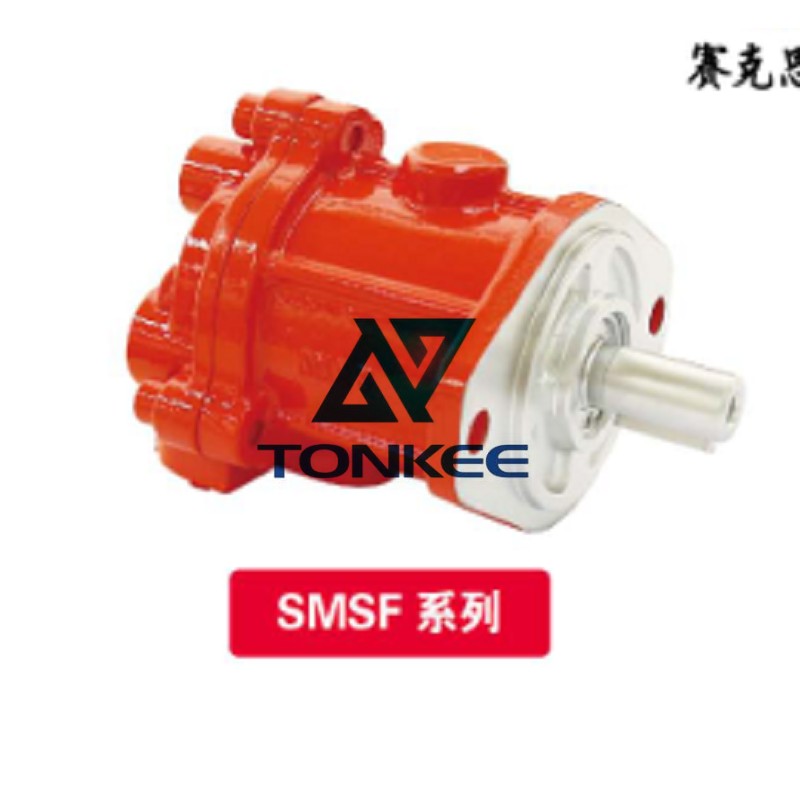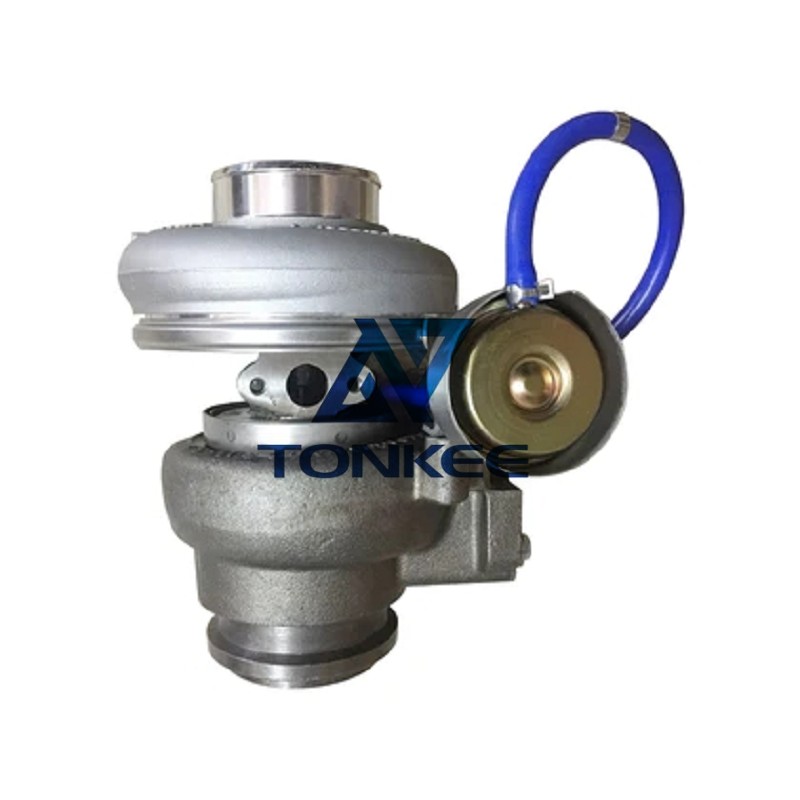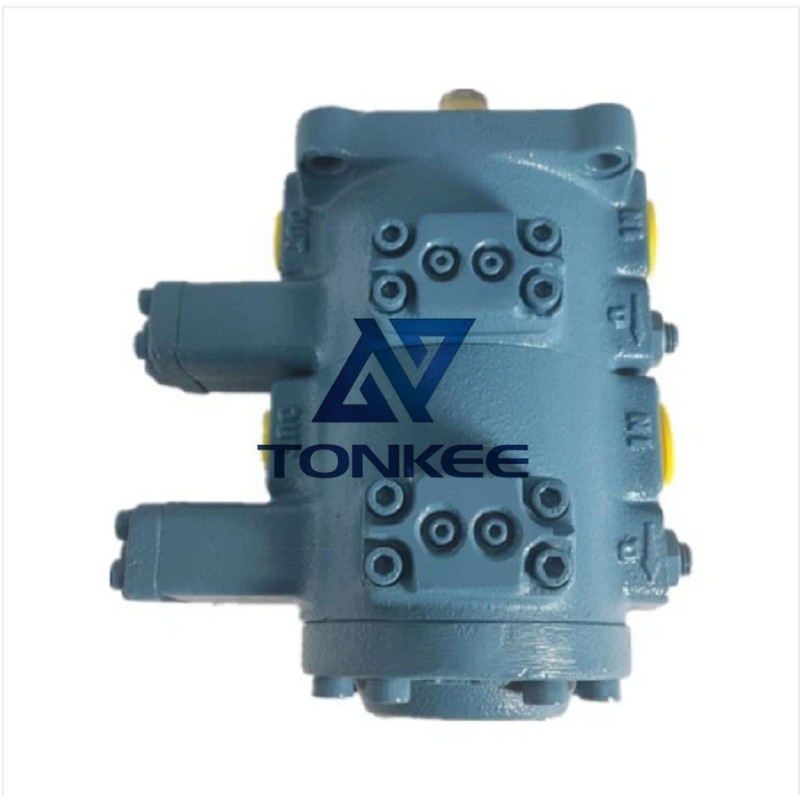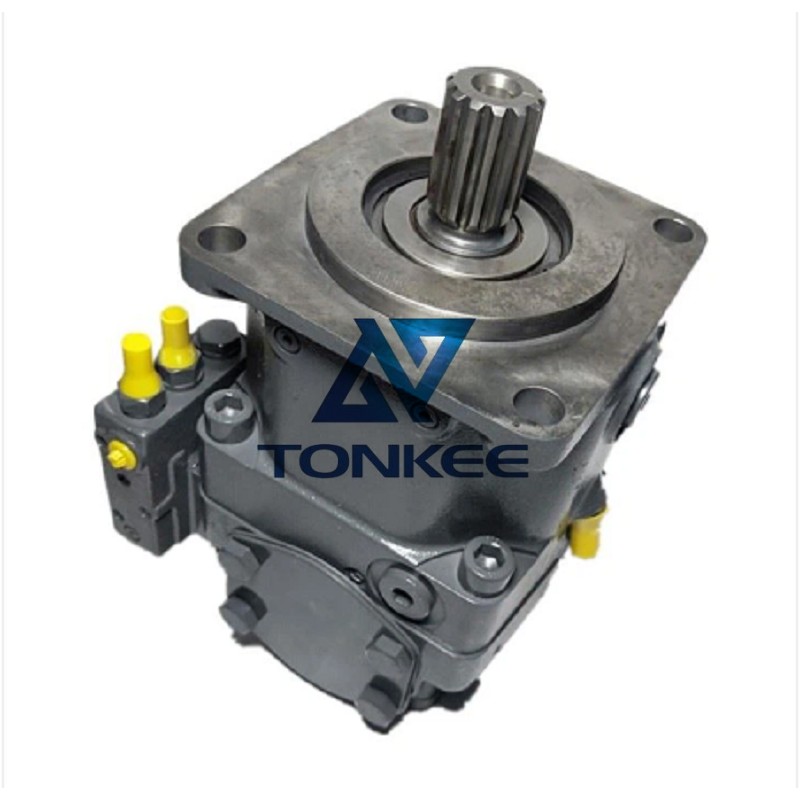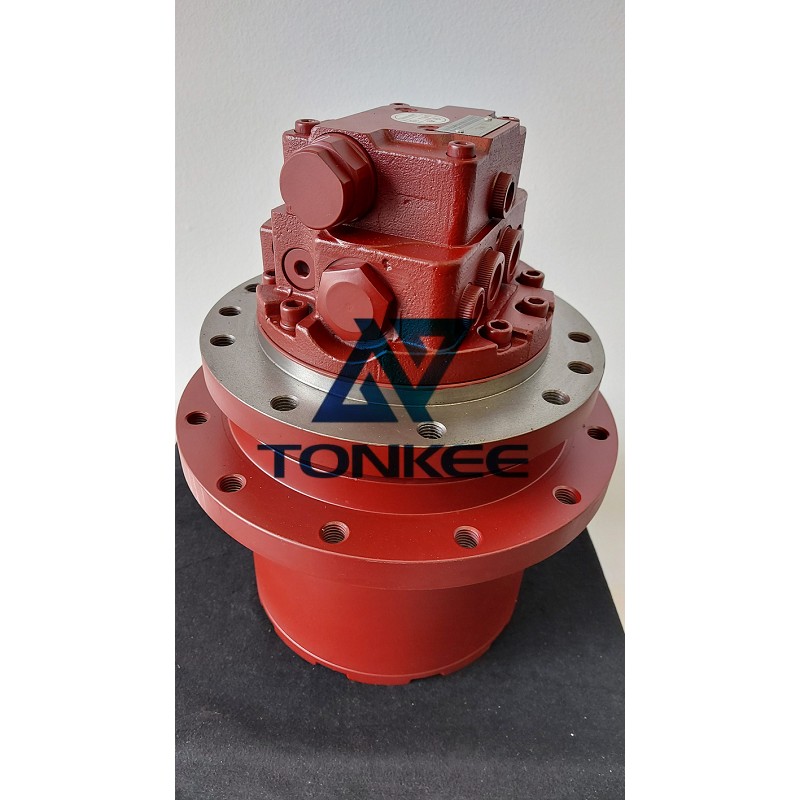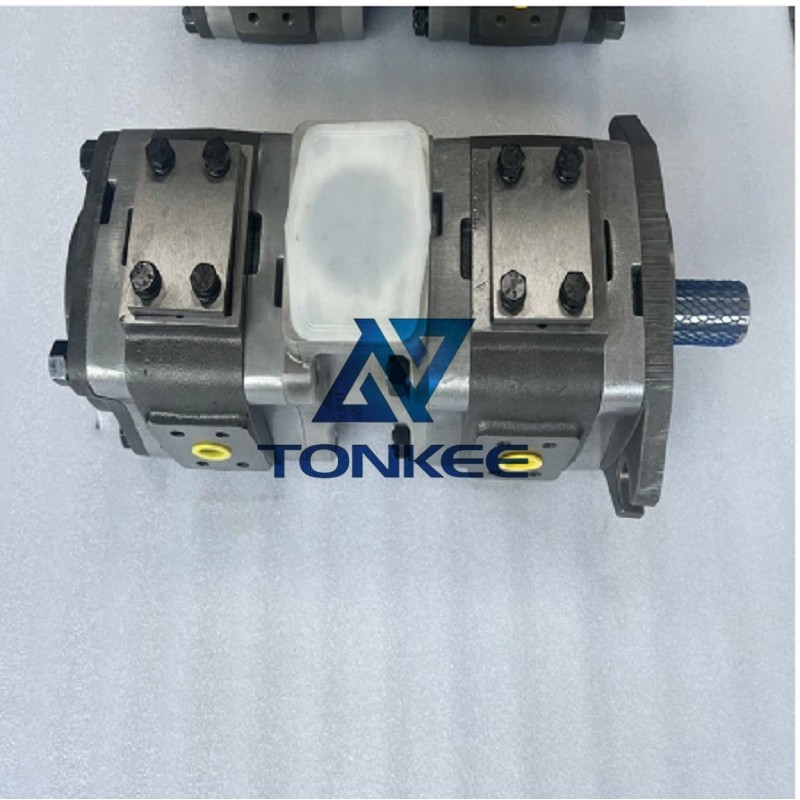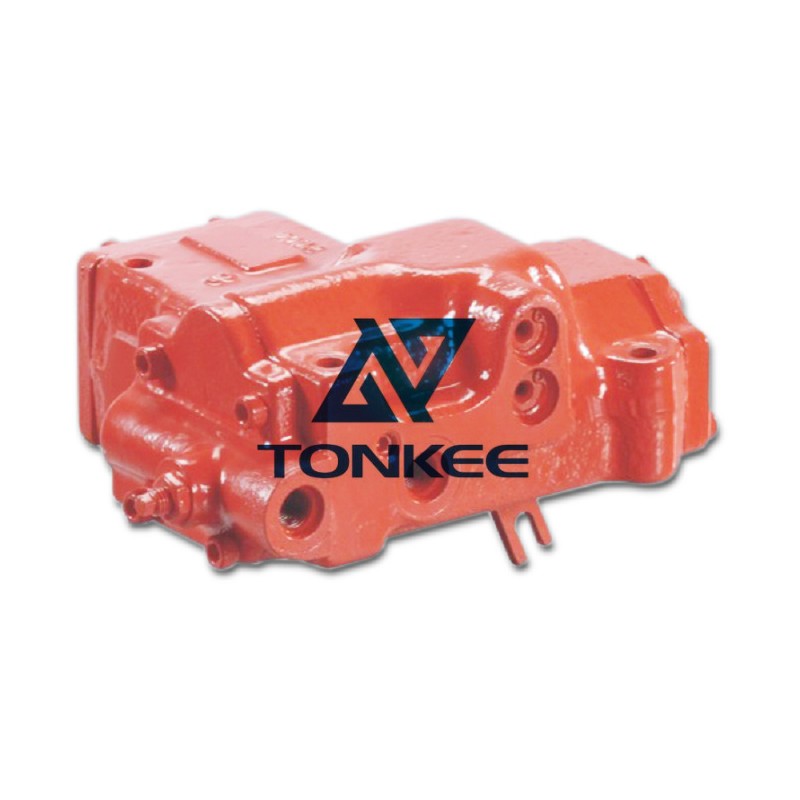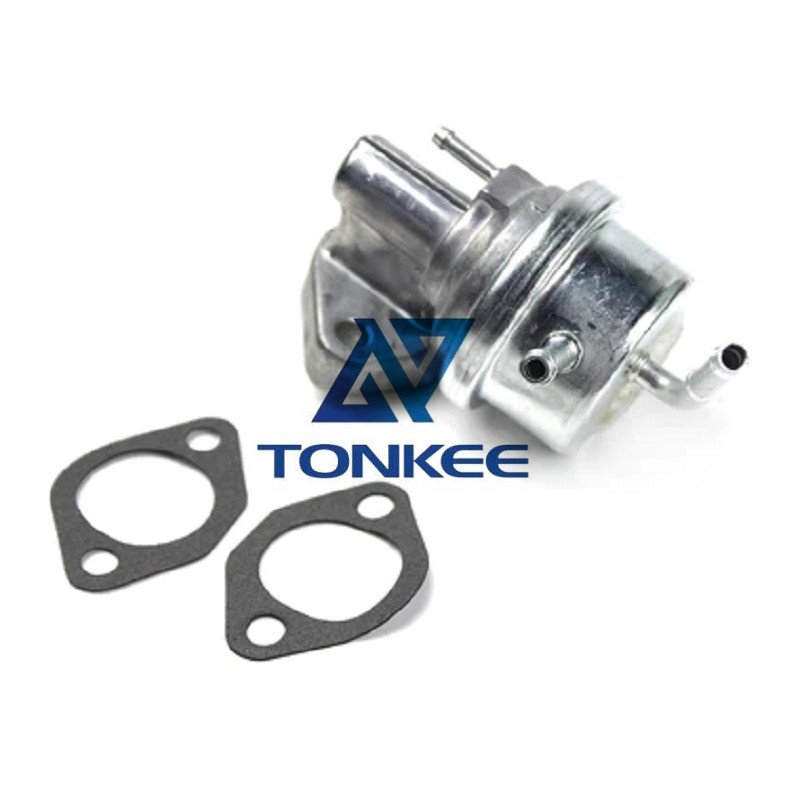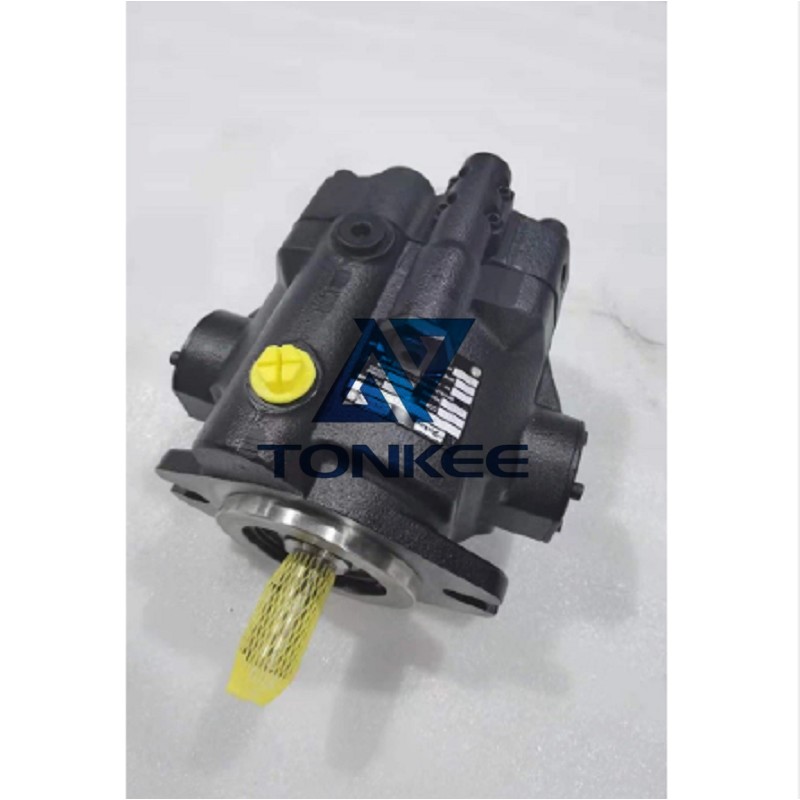
The PV102 series pumps are known for their reliability and efficiency.
They are designed to handle a wide range of operating conditions and provide consistent performance. The "PV" in the model number refers to the series, while the alphanumeric code following it indicates specific variations within the series.
The hydraulic pumps in this series are categorized based on their displacement, which determines the volume of fluid they can deliver per rotation. The PV102L1EF02, PV102L1EL02, and PV102R1EC02 pumps have different displacement values, allowing for flexibility in meeting various application requirements.
One notable feature of these pumps is their axial piston design. They utilize a set of pistons arranged in a circular pattern within a cylinder block. The pistons are driven by a swash plate mechanism, converting rotary motion into axial displacement. This design offers high efficiency, smooth operation, and excellent power-to-weight ratio.
These pumps also incorporate advanced technologies to ensure optimal performance. They employ a pressure compensator mechanism that automatically adjusts the displacement to maintain a consistent pressure level in the hydraulic system. This feature enhances system stability, prevents overloading, and protects the components from excessive pressure.
To ensure long-lasting performance, these hydraulic pumps are constructed with durable materials.
The cylinder block, pistons, and swash plate are typically made of high-strength steel or other suitable alloys to withstand high pressures and mechanical stresses. The internal components are precisely machined to tight tolerances, ensuring minimal internal leakage and maximizing volumetric efficiency.
The PV102 series pumps are designed to operate with a wide range of hydraulic fluids, including mineral oils, synthetic oils, and environmentally friendly alternatives. They can handle various viscosities and are compatible with industry-standard hydraulic fluids, allowing for easy integration into existing systems.
When it comes to performance, these pumps offer high-pressure capabilities, typically reaching pressures of up to several hundred bar. They provide a steady flow of hydraulic fluid, enabling smooth and precise operation of hydraulic cylinders, motors, and other components. The flow rate of the pump depends on the displacement and the rotational speed, allowing for fine-tuning to match the specific application requirements.
These hydraulic pumps are typically mounted on a power source, such as an electric motor or an internal combustion engine. They can be coupled through a drive shaft or connected via a belt and pulley arrangement, depending on the setup. The pump housing is designed to facilitate easy installation and maintenance, with accessible ports for fluid inlet and outlet, as well as serviceable components.




 English
English Русский язык
Русский язык

